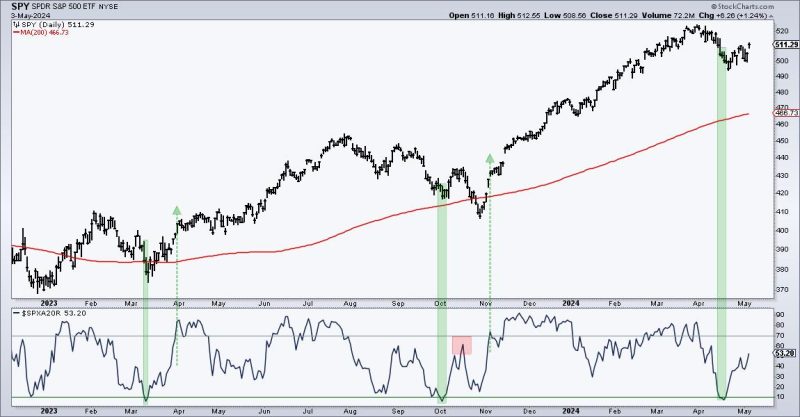In the wake of recent market volatility and global economic uncertainty, investors and analysts have been closely monitoring the market for signs of recovery or further decline. One term that has been circulating in financial circles is the dead cat bounce, a phenomenon where a temporary recovery in the price of an asset occurs after a sharp decline, only to be followed by a more significant drop.
However, distinguishing between a dead cat bounce and a genuine recovery can be challenging, as both can exhibit similar short-term price movements. To determine whether a bounce in the market has legs or is just a temporary blip, it is crucial to consider a variety of factors and indicators.
Historically, dead cat bounces have been associated with significant market downturns and are often characterized by low trading volumes, lack of fundamental support, and overall pessimism in the market sentiment. On the other hand, sustainable recoveries are typically supported by strong economic fundamentals, positive news catalysts, and increasing investor confidence.
One key factor to consider when evaluating the sustainability of a market bounce is the underlying economic conditions. For instance, if a bounce occurs amidst a strong economic recovery, positive earnings reports, and supportive monetary policy, it is more likely to be a genuine bounce with legs. In contrast, if the bounce is driven by speculative trading, market manipulation, or external shocks, it may be a dead cat bounce waiting to unravel.
Another critical aspect to analyze is the market breadth, which refers to the number of stocks participating in the bounce. A healthy market recovery typically involves a broad-based rally, where a majority of stocks across different sectors and industries are experiencing positive price movements. Conversely, a narrow rally limited to specific sectors or a handful of stocks may signal a dead cat bounce that lacks sustainability.
Technical analysis can also provide valuable insights into the strength of a market bounce. By examining key technical indicators such as moving averages, volume patterns, and support/resistance levels, traders can gauge the momentum and durability of the bounce. An increase in trading volume accompanying the bounce and the ability of prices to sustain above key resistance levels are positive signs that support the continuation of the rally.
Furthermore, investor sentiment and psychological factors play a crucial role in determining the longevity of a market bounce. Fear and greed often drive market behavior, and an overly optimistic or pessimistic sentiment can influence the trajectory of a bounce. Rational analysis, risk management, and disciplined decision-making are essential in navigating market volatility and distinguishing between fleeting bounces and sustainable recoveries.
In conclusion, navigating market bounces requires a careful consideration of economic fundamentals, market breadth, technical indicators, and investor sentiment. While dead cat bounces can present short-term trading opportunities, investors should exercise caution and conduct thorough analysis to differentiate between temporary rebounds and genuine market recoveries. By staying informed, disciplined, and vigilant, investors can position themselves to capitalize on market opportunities and mitigate risks in an ever-changing financial landscape.
